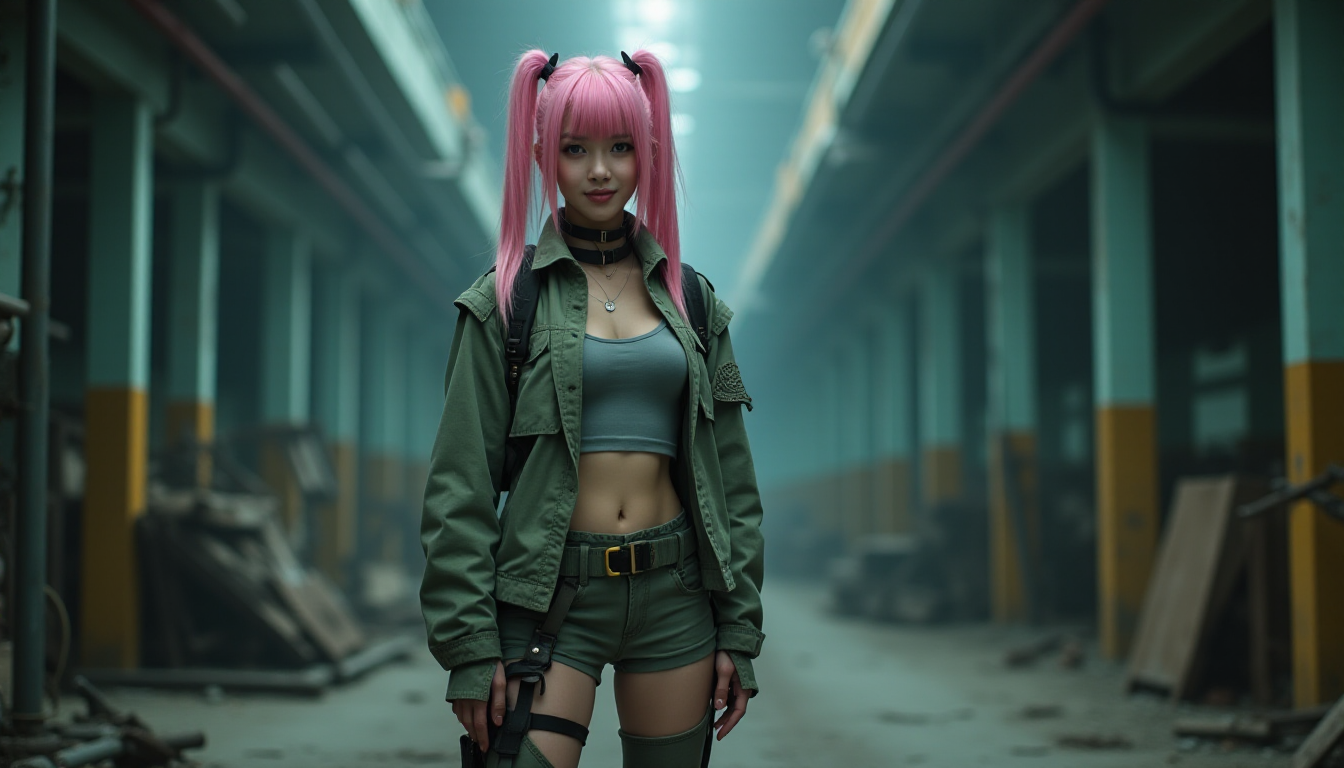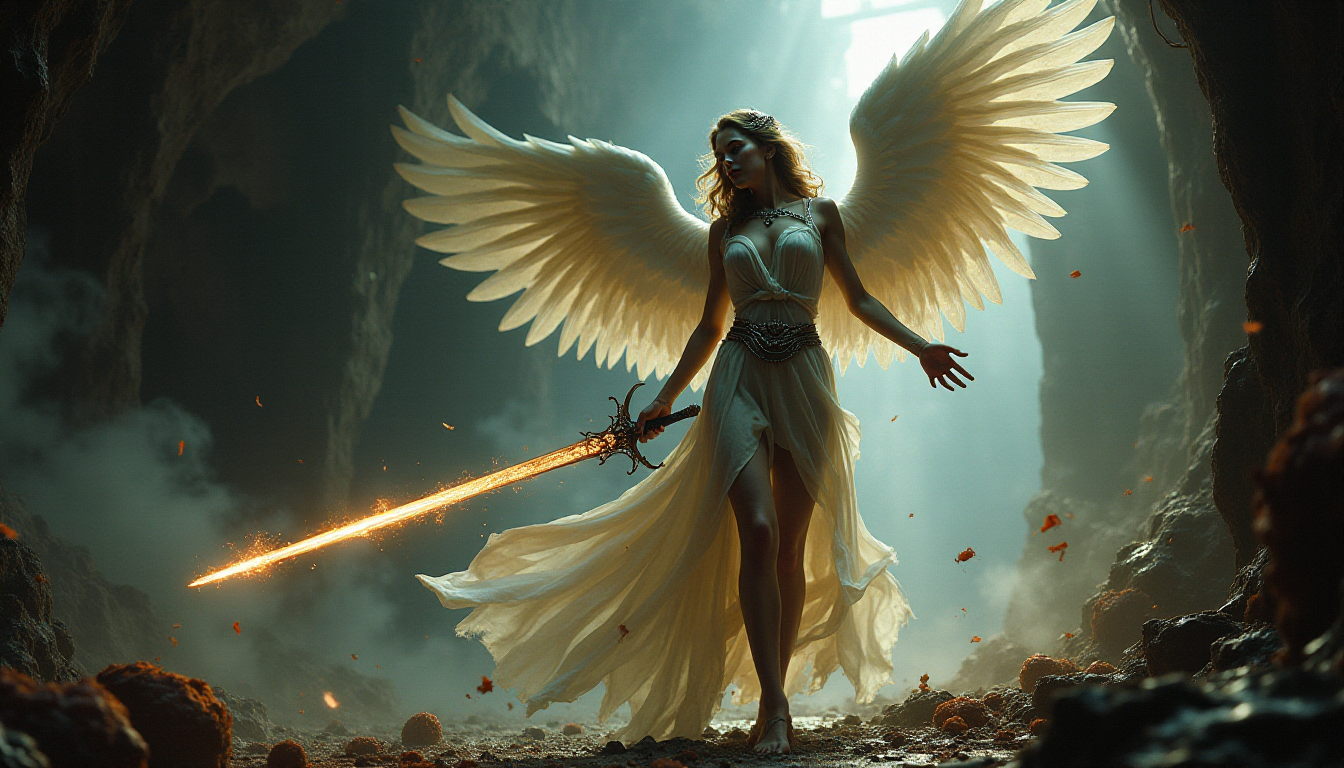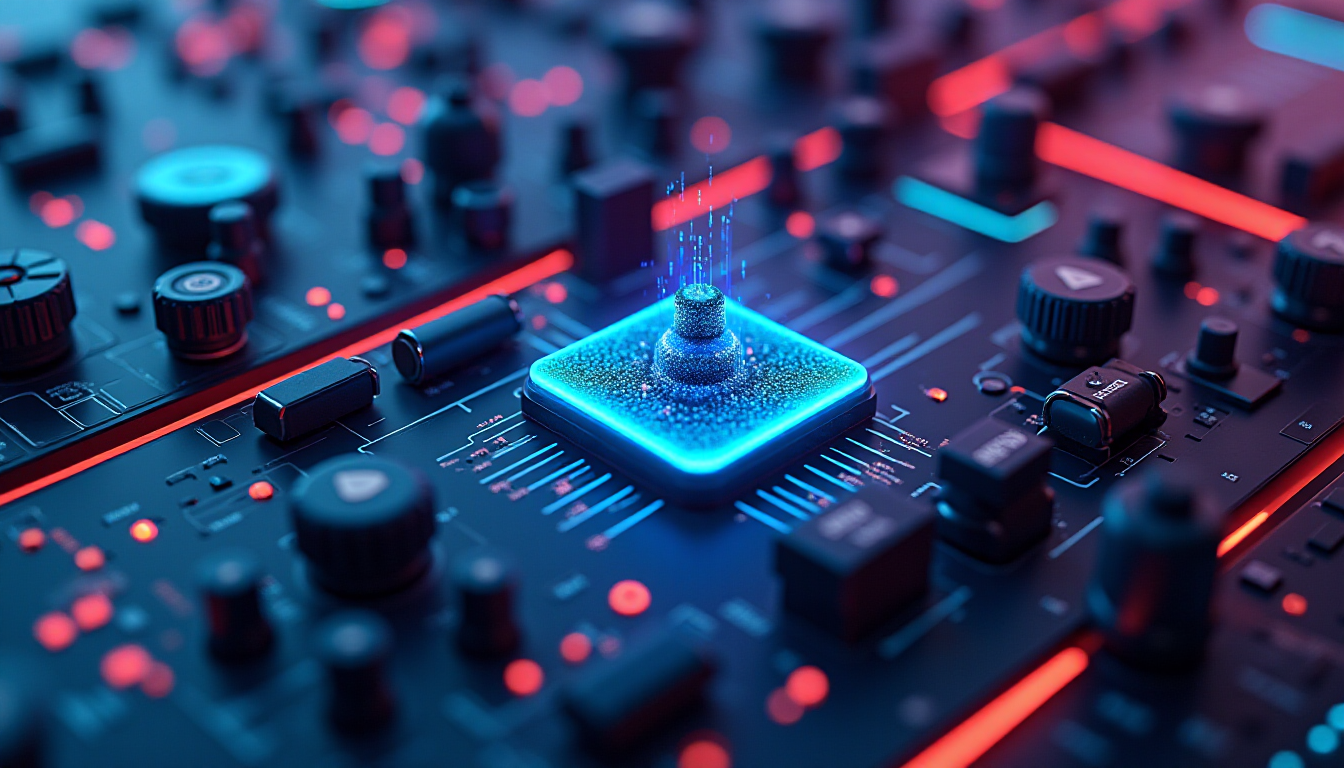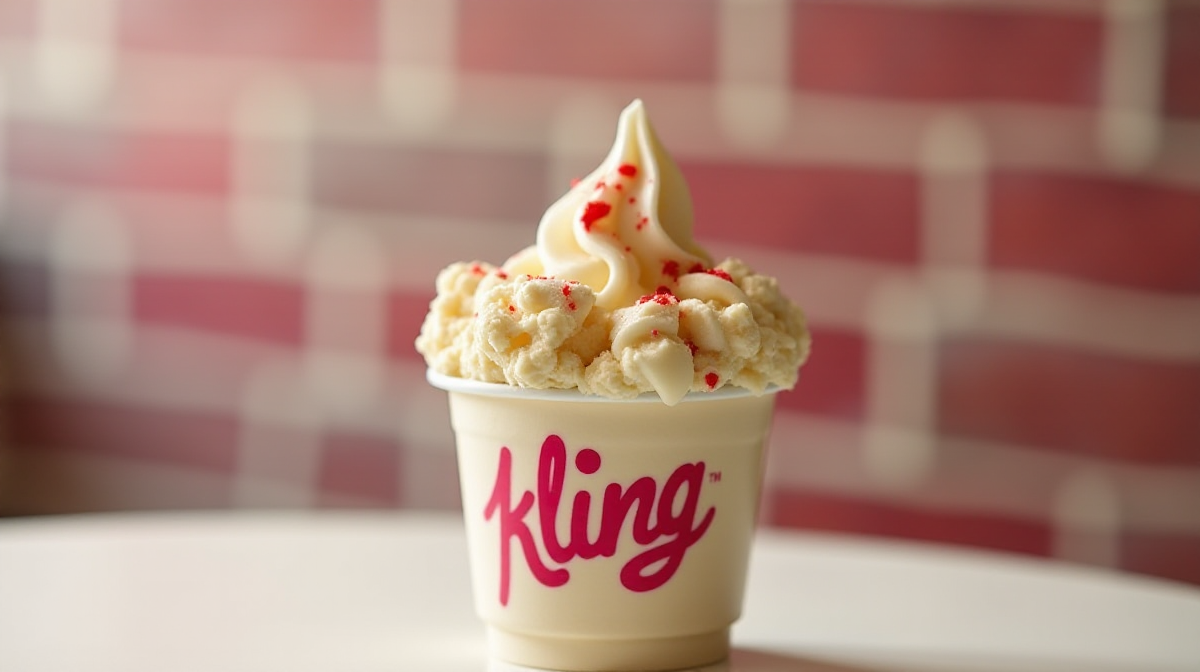Stable Diffusion XL (SDXL) is the latest AI image model that can generate realistic people, legible text, and diverse art styles with excellent image composition. It is a larger and better version of the celebrated Stable Diffusion v1.5 model, and hence the name SDXL.
As described in the article “SDXL: Improving Latent Diffusion Models for High-Resolution Image Synthesis” by Podell and coworkers, the Stable Diffusion XL is in every way better than the v1.5 model.
The improvements are
- Higher quality images
- Follows the prompt more closely
- More fine details
- Larger image size
- Ability to generate legible text
- Ability to produce darker images
This post will go through:
- What the SDXL model is.
- My test result of comparing images generated with the v1 and SDXL models.
- Running SDXL 1.0 on AUTOMATIC1111 Stable Diffusion WebUI.
Update:
- Sept 6, 2023: AUTOMATIC1111 WebUI supports refiner pipeline starting v1.6.0. Updated refiner workflow section.
What is the Stable Diffusion XL model?
The Stable Diffusion XL (SDXL) model is the official upgrade to the v1.5 model. The model is released as open-source software.
It is a much larger model. In the AI world, we can expect it to be better. The total number of parameters of the SDXL model is 6.6 billion, compared with 0.98 billion for the v1.5 model.
Differences between SDXL and v1.5 models

The SDXL model is, in practice, two models. You run the base model, followed by the refiner model. The base model sets the global composition. The refiner model adds finer details. (You can optionally run the base model alone.)
The language model (the module that understands your prompts) is a combination of the largest OpenClip model (ViT-G/14) and OpenAI’s proprietary CLIP ViT-L. This is a smart choice because Stable Diffusion v2 uses OpenClip alone and is hard to prompt. Bringing back OpenAI’s CLIP makes prompting easier. The prompts that work on v1.5 will have a good chance to work on SDXL.
The SDXL model has a new image size conditioning that aims to use training images smaller than 256×256. This significantly increases the training data by not discarding 39% of the images.
The U-Net, the most crucial part of the diffusion model, is now 3 times larger. Together with the larger language model, the SDXL model generates high-quality images matching the prompt closely.
The default image size of SDXL is 1024×1024. This is 4 times larger than v1.5 model’s 512×512.
Sample images from SDXL

According to Stability AI’s own study, most users prefer the images from the SDXL model over the v1.5 base model. You will find a series of images generated with the same prompts from the v1.5 and SDXL models. You can decide for yourself.
Realistic images
I tested the SDXL model, so you don’t have to.
Let’s first compare realistic images generated using the prompt in the realistic people tutorial.
Prompt:
photo of young Caucasian woman, highlight hair, sitting outside restaurant, wearing dress, rim lighting, studio lighting, looking at the camera, dslr, ultra quality, sharp focus, tack sharp, dof, film grain, Fujifilm XT3, crystal clear, 8K UHD, highly detailed glossy eyes, high detailed skin, skin pores
Negative prompt:
disfigured, ugly, bad, immature, cartoon, anime, 3d, painting, b&w
All parameters except image sizes are kept the same for comparison. The size for the v1 models is 512×512. The size for the SDXL model is 1024×1024.
Here’s the SD 1.5 images.

Here are the base and the base + refiner models.


Some observations:
- The SDXL model produces higher quality images.
- The refiner model improves rendering details.
Using the base v1.5 model does not do justice to the v1 models. Most users use fine-tuned v1.5 models to generate realistic people. So I include the result using URPM, an excellent realistic model, below.

You can see the SDXL model still wins in fine detail. It is capable of generating because of the larger VAE.
Below is another set of comparison images using a different seed value.




The SDXL base model produced a usable image in this set, although the face looks a bit too smooth for a realistic image. The refiner adds nice realistic details to the face.
Note that the SDXL model can generate darker images, which the v1.5 model is not very good at.
Legible text
The ability to generate correct text stood out as a ground-breaking capability when I tested the SDXL Beta Model. SDXL should be at least as good.
Prompt:
A fast food restaurant on the moon with name “Moon Burger”
Negative prompt:
disfigured, ugly, bad, immature, cartoon, anime, 3d, painting, b&w
Here are the images from the SDXL base and the SDXL base with refiner.


On the other hand, the v1.5 base model fails miserably. Not only did it fail to produce legible text, but it also did not generate a correct image.

Anime Style
Let’s compare the images with the Anime style.
anime, photorealistic, 1girl, collarbone, wavy hair, looking at viewer, upper body, necklace, floral print, ponytail, freckles, red hair, sunlight
disfigured, ugly, bad, immature, photo, amateur, overexposed, underexposed
Here are images from SDXL models with and without refiners.


Here are images from v1.5 and the Anything v4.5 model (fine-tuned v1.5).


The SDXL base model produces decant anime images. The images are fantastic for a base model. The refiner adds good details but seems to add some repeating artifacts. Getting to a particular style likely needs custom fine-tuned models like the v1.
Scenes
Finally, some sample images of a city with this simple prompt.
Painting of a beautiful city by Brad Rigney.


This is from v1.5 for comparison.

Download and install SDXL 1.0 models
You can find the SDXL base, refiner and VAE models in the following repository.
Here are the direct download links of the safetensor model files. You typically don’t need to download the VAE file unless you plan to try out different ones.
Download SDXL 1.0 refiner model
To install the models in AUTOMATIC1111, put the base and the refiner models in the folder stable-diffusion-webui > models > Stable-diffusion.
Tips on using SDXL 1.0 model
A Stability AI’s staff has shared some tips on using the SDXL 1.0 model. Here’s the summary.
Image size
The native size is 1024×1024. SDXL supports different aspect ratios but the quality is sensitive to size. Here are the image sizes used in DreamStudio, Stability AI’s official image generator
- 1:1 – 1024 x 1024
- 5:4 – 1152 x 896
- 3:2 – 1216 x 832
- 16:9 – 1344 x 768
- 21:9 – 1536 x 640
Use the Aspect Ratio Selector extension to conveniently switch to these image sizes. Add the following lines to resolutions.txt in the extension’s folder (stable-diffusion-webuiextensionssd-webui-ar).
XL1:1, 1024, 1024
XL5:4, 1152, 896
XL3:2, 1216, 832
XL16:9, 1344, 768
XL21:9, 1536, 640
Negative prompt
Negative prompts are not as necessary in the 1.5 and 2.0 models. Many common negative terms are useless, e.g. Extra fingers.
Keyword weight
You don’t need to use a high keyword weight like the v1 models. 1.5 is very high for the SDXL model. You may need to reduce the weights when you reuse the prompt from v1 models. Lowering a weight works better than increasing a weight.
Safetensor
Always use the safetensor version, not the checkpoint version. It is safer and won’t execute codes on your machine.
Refiner strength
Use a low refiner strength for the best outcome.
Refiner
Use a noisy image to get the best out of the refiner.
Run SDXL model on AUTOMATIC1111
AUTOMATIC1111 Web-UI now supports the SDXL models natively. You no longer need the SDXL demo extension to run the SDXL model.
The update that supports SDXL was released on July 24, 2023. You may need to update your AUTOMATIC1111 to use the SDXL models.
You can use AUTOMATIC1111 on Google Colab, Windows, or Mac.
Download the Quick Start Guide if you are new to Stable Diffusion.
Installing SDXL 1.0 models on Google Colab
Installing the SDXL model in the Colab Notebook in the Quick Start Guide is easy. All you need to do is to select the SDXL_1 model before starting the notebook.

Installing SDXL 1.0 models on Windows or Mac
Download the SDXL base and refiner models and put them in the models/Stable-diffusion folder as usual. See the model install guide if you are new to this.
Download SDXL 1.0 refiner model
After clicking the refresh icon next to the Stable Diffusion Checkpoint dropdown menu, you should see the two SDXL models showing up in the dropdown menu.
Using SDXL base model in text-to-image

Using the SDXL base model on the txt2img page is no different from using any other model. The basic steps are:
- Select the SDXL 1.0 base model in the Stable Diffusion Checkpoint dropdown menu
- Enter a prompt and, optionally, a negative prompt.
- Set image size to 1024×1024, or something close to 1024 for a different aspect ratio. (See the tips section above.)
IMPORTANT: Make sure you didn’t select a VAE of a v1 model. Go to Settings > Stable Diffusion. Set SD VAE to None or Automatic.
TIPS: In Settings > User Interface > QuickSetting: Add sd_vae to add a dropdown menu for selecting VAEs next to the checkpoint dropbox.
Prompt:
1girl ,solo,high contrast, hands on the pocket, (black and white dress, looking at viewer, white and light blue theme, white and light blue background, white hair, blue eyes, full body, black footwear the light blue water on sky and white cloud and day from above, Ink painting
Negative prompt:
sketch, ugly, huge eyes, text, logo, monochrome, bad art
Size: 896 x 1152

Using the base + refiner models
You can now use the refinermodel with the base model in the txt2img tab. You need WebUI version 1.6.0 or higher.
To enable the refiner, expand the Refiner section:
- Checkpoint: Select the SD XL refiner 1.0 model.
- Switch at: This value controls at which step the pipeline switches to the refiner model. E.g., Switching at 0.5 and using 40 steps means using the base in the first 20 steps and the refiner model in the next 20 steps. Switching at 1 uses the base model only.

Click Generate for text-to-image.
What Switch at value should you use? Below are images from switching at from 0.4 to 1.0 with 30 steps.
a woman dancing happily, cinematic photo, 35mm photograph, film, bokeh, professional, 4k, highly detailed
Prompt
drawing, painting, crayon, sketch, graphite, impressionist, noisy, blurry, soft, deformed, ugly
Negative prompt




Switching at 0.8 and 1.0 (not using refiner) are quite similar. 0.6 produces the highest quality image.
How about changing the number of sampling steps?




A higher number of steps produces slightly higher-quality images. But the difference are minimal above 30 steps.
To sum up, I would use 30 steps and switch at 0.6 for generating images with base + refiner.
Using preset styles for SDXL
DreamStudio, the official Stable Diffusion generator, has a list of preset styles available. They are actually implemented by adding keywords to the prompt and negative prompt. You can install the StyleSelectorXL extension to add the same list of presets styles to AUTOMATIC1111.

Installing StyleSelectorXL extension
To install the extension, navigate to the Extensions page in AUTOMATIC1111. Select the Install from URL tab. Put the following in the URL for extension’s git repository.
https://github.com/ahgsql/StyleSelectorXLPress Install. After you see the confirmation of successful installation, restart the AUTOMATIC1111 Web-UI completely.
Using SDXL style selector
You should see a new section appear on the txt2img page.

Write the prompt and the negative prompt as usual. Make sure the SDXL Styles option is enabled. Select a style other than base to apply a style.




Some notes about SDXL
Make sure to use an image size of 1024 x 1024 or similar. 512×512 doesn’t work well with SDXL.
You normally don’t use the refiner model with a fine-tuned SDXL model. The style may not be compatible.
Frequently Asked Questions
Can I use SDXL on Mac?
Yes, you will need Mac with Apple Silicon M1 or M2. Make sure your AUTOMATIC1111 is up-to-date. See the installation tutorial.
Can I use ControlNet with SDXL models?
ControlNet currently only works with v1 models. SDXL is not supported.
But it appears to be in the work.
What image sizes should I use with SDXL models?
Here are the recommended image sizes for different aspect ratios.
- 21:9 – 1536 x 640
- 16:9 – 1344 x 768
- 3:2 – 1216 x 832
- 5:4 – 1152 x 896
- 1:1 – 1024 x 1024
Stable Diffusion XL Resources
SDXL prompts: Get a quick start with these prompts.
Styles for SDXL: Over a hundred styles were demonstrated.
SDXL Artist browser: Investigate artistic styles in Stable Diffusion XL.
Interesting reads
Stability AI launches SDXL 0.9: A Leap Forward in AI Image Generation – Official press release of SDXL 0.9.
ANNOUNCING SDXL 1.0 — Stability AI – Official press release of SDXL 1.0
SDXL: Improving Latent Diffusion Models for High-Resolution Image Synthesis – Research article detailing the SDXL model.
Diffusers · vladmandic/automatic Wiki – Using Diffusers mode in SD.Next
# disable ad on single page





